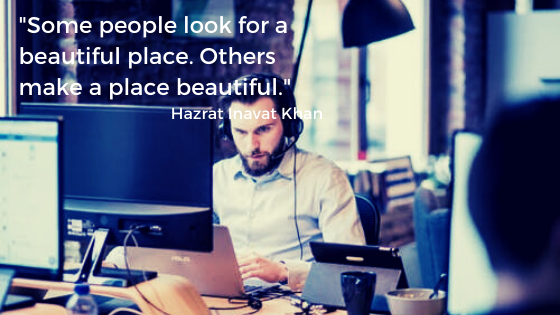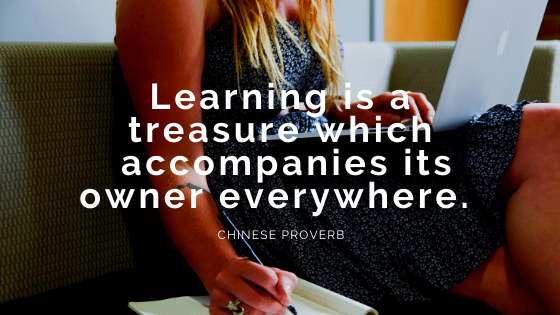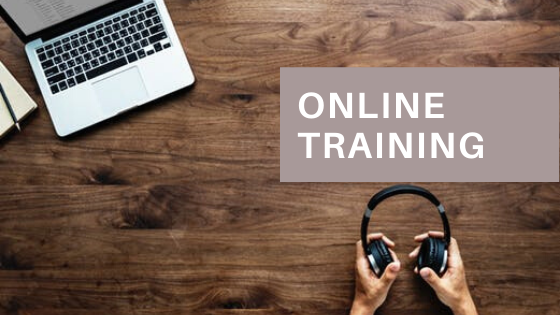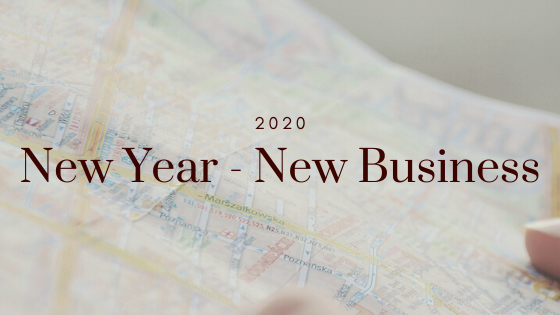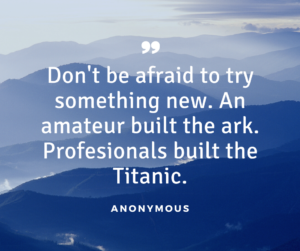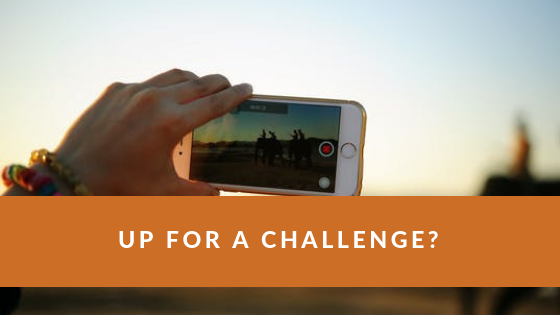What’s the first thing you think when you see yourself on video? (Be honest!) It’s generally not a positive experience and that’s why so many professionals shirk from using video as a way to promote themselves and their businesses. It’s expensive to hire a video production company to make you look good, so why bother?
Video can be a great way to get the word out about your business. It’s also showing you as a human being, someone who’s approachable and relatable. Most social media platforms favor video, too, so it can help boost your visibility online. Who wouldn’t want to have more visibility for their business?
The problems arise when you try to figure out how to use video without hiring the production company or buying the fancy equipment. Most of us have the tools in our pockets, yet we fail to understand how we can use them to our advantage. I was in that situation last year. I wanted to learn how to create videos that looked decent but didn’t cost much but my time and effort (no money in the budget for the production company!). I learned about Niamh Arthur’s 30 day video challenge and decided to take the plunge. I knew I needed to learn the techniques before I could adapt and teach them for my audience of real estate agents.
Once I learned how to use my smartphone and laptop to create some decent videos, I started creating “quick tips” for consumption by agents and anyone else interested in learning the practice of real estate sales. These videos serve to teach aspects of a real estate business and to demonstrate that it’s not so difficult to make great-looking and -sounding videos with minimal equipment and skill.
How can you get independent contractors (in this case, real estate agents) to use video for their businesses so they capture more prospects and clients? I decided to use a video challenge to teach the techniques and get them used to creating video.
My first task was to decide how long this challenge would be. Considering the sometimes short attention spans of my audience and the demands on their time that a real estate business makes, I decided make the challenge three weeks long and have the agents record 15 videos. This allows for “catch up” time on the weekends when there would be no videos to record if the participant had recorded the weekday videos. There was no requirement to record each day. Instead, participants could record as many videos on a given day as they needed to to catch up to the group if they were behind.
Next, I had to decide the topics for each of the videos. Most days, the participants had to record a video that was relevant to their businesses. However, it is important to have several topics that are more general (tell about yourself, what’s one thing you can’t live without for your business, etc.). These topics are designed to get participants talking on camera instead of worrying about saying the right thing to a potential client. I devised a topic list and a schedule to organize the challenge in a meaningful way.
With the topics developed, it was time to record the prompt videos. Each day, participants would get an e-mail with a link to the video for the day. These videos were posted as “unlisted” on my YouTube channel so that only those with the link would be able to view them. I considered how to record the videos and decided to “batch” record them. In other words, I prepared my topics, made notes, set up my equipment in an office, and recorded all 15 prompt videos, three “weekend edition” videos, and introductory and conclusion videos in one day. Two of the videos required additional screen-capture video and editing because they taught the fine points of posting video on YouTube and Facebook, and creating playlists. One video was shot outdoors to demonstrate how moving your location can spike interest. Because I recorded them in one day, I changed tops and accessories to give the illusion that they were recorded on different days.
With recording out of the way, the next steps focussed on completing any editing, posting the videos to a YouTube “unlisted” playlist, and creating the e-mail campaign in my CRM to have the instructional e-mails delivered on schedule. Participants were given instructions in each e-mail about how to post their videos and to watch other participants’ videos and give feedback. I created a closed Facebook group where participants could post the YouTube links and watch each others’ videos.
One important step not to forget is to promote the challenge to potential participants. I used video here, too. I created a video to explain what the challenge was and how it could help an agent’s business to learn how to create videos. I shared that video through e-mail, company newsletter, and my Facebook business page. Agents were prompted to pre-register for the challenge, but they could join at any time as long as they understood they would have to record several videos to catch up with the rest of the group.
It’s important to remain flexible with people who are participating in this type of activity for their own benefit. There were no assessments and no consequences for not completing the challenge. I did have a benefit to completing the challenge to help convince participants to complete and post all 15 videos. I held a live webinar that was open only to those who completed the challenge by a certain date. During the webinar, I taught additional techniques and gave away prizes such as smartphone tripods and clip-on microphones. The webinar was recorded and made available to the participants who couldn’t attend it live.
Once you have created the challenge prompt videos, campaign e-mails, and Facebook group, you can present the challenge multiple times to different groups. The key is promoting the challenge to attract the most participants possible. In very large challenges, the participants are placed in smaller groups to facilitate feedback and camaraderie. My group was small, so all were able to watch each other’s videos and provide feedback.
I gave positive feedback as often as possible and corrected glaring mistakes as gently as I could. Most participants got the hang of recording their videos within a few days and went on to create useful videos in the course of the challenge. I specifically designed several of the prompts to be topics they could use for their businesses immediately, if they chose to do so.
A video challenge can give learners a hands-on approach to learning how to create and use video for their businesses. Success is measured not by the quality of each video, but by the progression of the acquisition of skills and the completion of the challenge.


